Little Sparta: Ian Hamilton Finlay’s garden is one of Scotland’s best-kept secrets
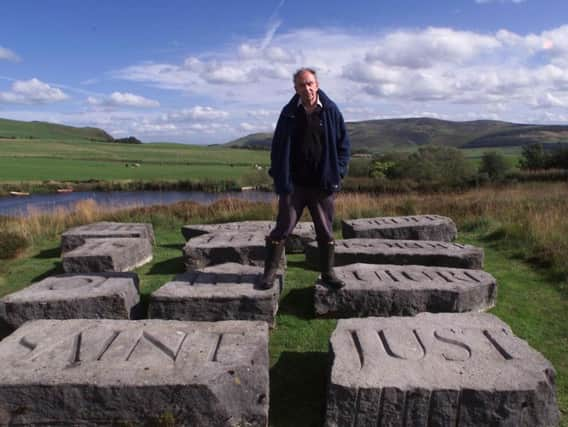

Carry on into the village of Dunsyre, however, and you’ll come across a stunning Arcadian garden where art, sculpture and poetry are intertwined with nature - hanging in trees, reflected in shallow pools and engraved into concrete.
This is the Little Sparta garden, the greatest work of the late Scottish poet Ian Hamilton Finlay and one of Scotland’s best-kept secrets.
What is Little Sparta?
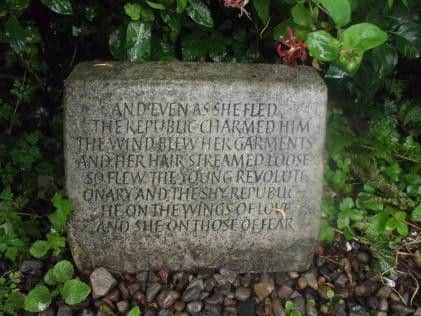

Advertisement
Hide AdAdvertisement
Hide AdLittle Sparta is the life’s work of Ian Hamilton Finlay, (1925-2006) an experimental poet who lived and worked in Scotland for the best part of his life.
He experimented with concrete poetry before turning his attention to actual concrete (and other solid materials) creating “poem-object” artworks. His subject matter is extremely diverse, ranging from the French Revolution to Classical Antiquity and the Second World War.
In 1966, Finlay and his wife Sue began work on the garden which began life as ‘Stonypath’ before its name was later changed to ‘Little Sparta’ a play on Edinburgh’s nickname as ‘the Athens of the North’ and the historical rivalry between the Ancient Greek cities of Sparta and Athens.
The garden turned into a 23-year project in which the Finlays and other artists created poem-objects for the garden. These pieces were, and remain, inseparable from their natural surroundings.
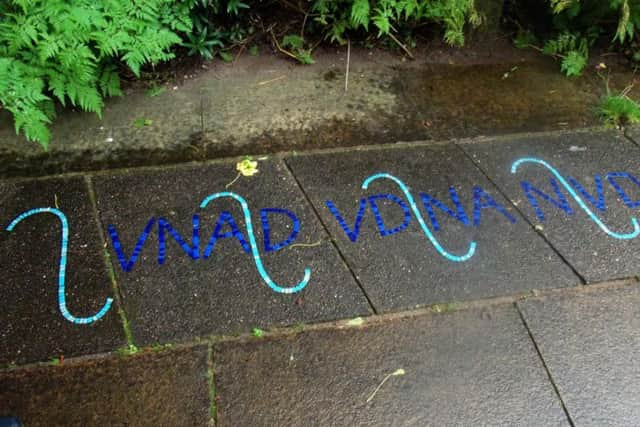

The work, in Finlay’s own words, “is the whole composition - the artefact in its context”. The poems are unique in that they can only be understood in this garden context.
In 2004, a poll saw artists and gallery directors call Little Sparta “the most important work of Scottish art”, but due to the garden’s remoteness it remains relatively under the radar.
What can I expect to see there?
The result of Finlay’s novel garden-poem concept is that no two visits to Little Sparta are ever the same.
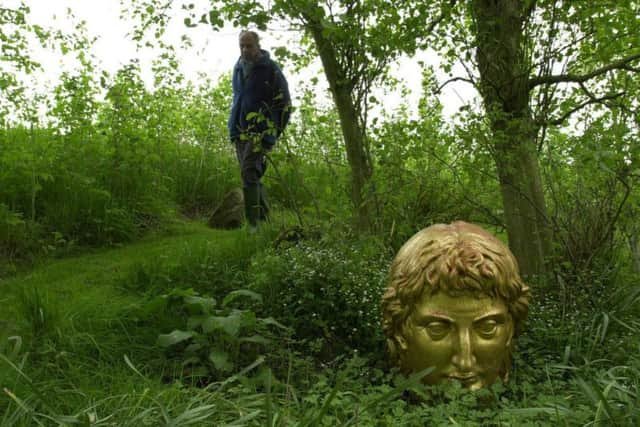

Though given a map, visitors to the sprawling five-acre garden aren’t handed instructions on what route to take. Instead, you’re left to roam free and discover Finlay’s captivating works for yourself.
Advertisement
Hide AdAdvertisement
Hide AdSome, like the huge golden sculpture of Apollo’s head, stick out of the garden like a sore thumb while others will require bending down, looking up or a sharp eye.
The visitor’s guidebook offers some interpretation of the works, but the real magic of Little Sparta is the experience of puzzling over some of Finlay’s poem-objects, some moving, some funny and some deliberately opaque.
How can I visit Little Sparta?
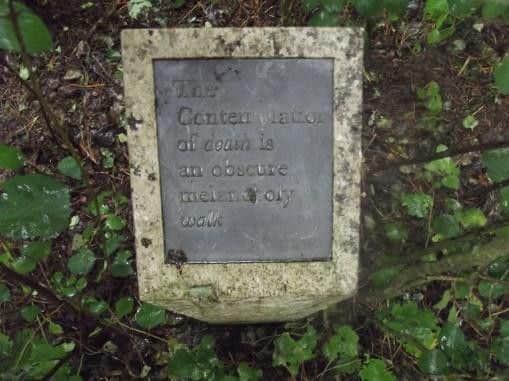

In line with Finlay’s wish that the garden should be experienced when all plants, flowers and trees are in full bloom, the garden is only open to visitors in June, July, August and September.
Little Sparta is fairly difficult, but not impossible to get to without a car. There is no direct public transport link to the garden so visitors must get the bus from Edinburgh to Dolphinton and arrange a taxi at the other end.
Alternatively, the garden will be running bus services from the Scottish Poetry Library in Edinburgh on the first Saturday in July and September 2019 and two Saturdays during August 2019. You can book by following this link.
As the garden is so large and Scotland’s weather so unreliable, it’s important to bring a good pair of walking shoes and a raincoat.
The walk to the garden is a fair distance and up an incline, so be prepared to put some work in to get there - but the reward is certainly worth it.